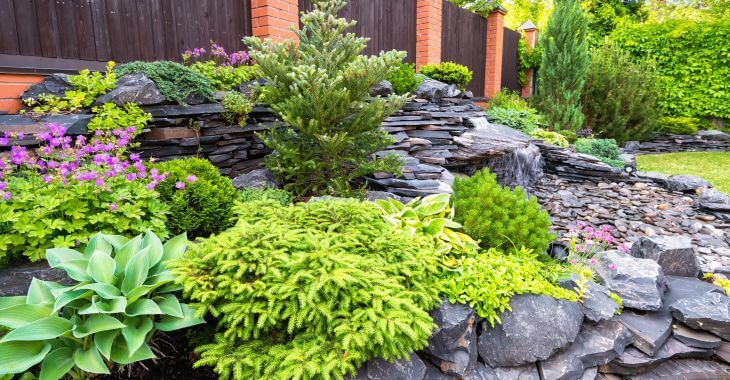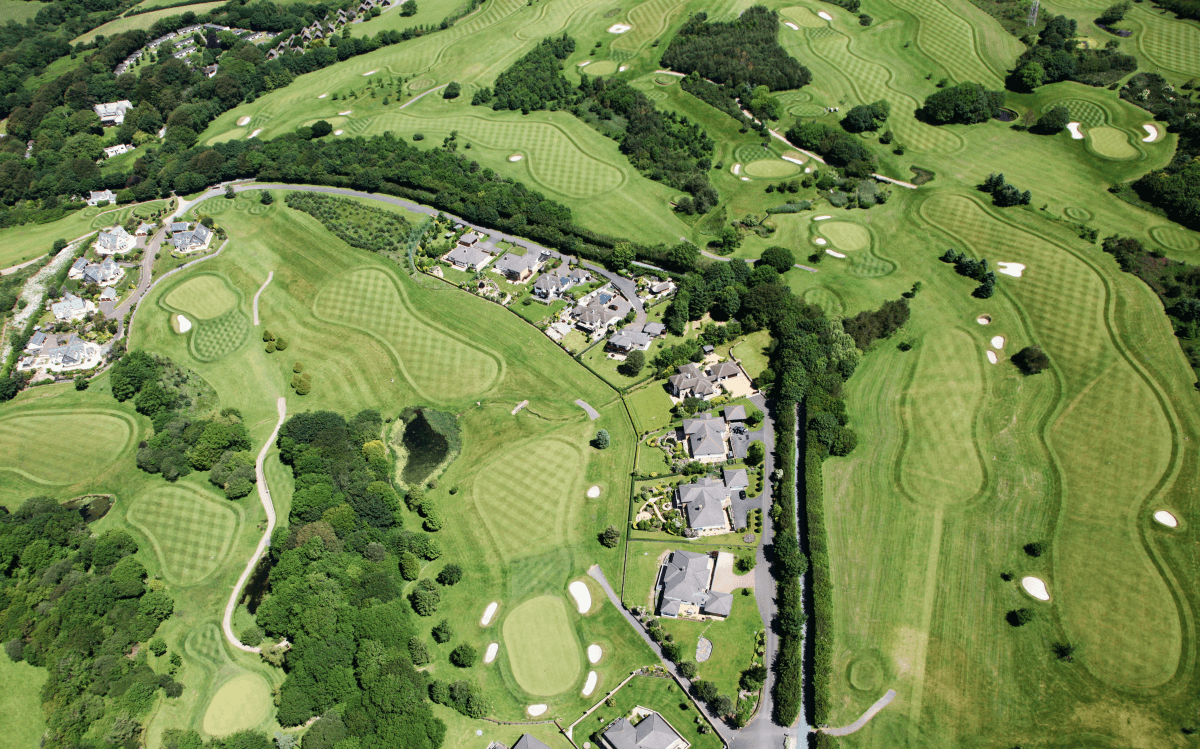Landscapers Can Be Fun For Anyone
Landscapers Can Be Fun For Anyone
Blog Article
Facts About Landscapers Uncovered
Table of ContentsThe Definitive Guide to LandscapersThe 2-Minute Rule for LandscapersThings about LandscapersThe 5-Minute Rule for LandscapersWhat Does Landscapers Mean?Landscapers - Truths
- A yard function where water is represented by an accumulated rock item, generally a crushed rock or granite. These are most commonly found in contemporary and Japanese yard design.- A stone or flagstone outdoor patio, course, or walkway constructed without a concrete base. The base would be compressed crushed rock and the joints would certainly be an accumulation or walkable ground cover. - A stone preserving or complimentary standing wall surface constructed without using mortar. A very experienced mason is required for a dry stack stone wall surface. Many wall surfaces in Portland are not completely dry piled, also if they seem. - A below ground framework that gather water and allows it to reduce percolate into the dirt around it.
Landscape design that is suitable with a sites' atmosphere in both appearance and sustainability without negative effects to the environment. Edging in the landscape is a line of separation that develops aesthetic rate of interest in the garden by separating one sector from an additional segment.
Locations can likewise have a feeling of "room" provided by trees, other growings, fencings, or screens. The landscape near the entry to a structure. A tree, bush or vine, educated to expand on a wall surface or fencing right into a specific pattern. Specifically beneficial for fruit trees, making it easy to collect the fruit and containing mess.
6 Easy Facts About Landscapers Shown

The element in a landscape style or area in a landscape that is indicated to be most famous. The focal point can be a plant, boulder, statuary, collecting space, or various other landscape feature.

Examine This Report on Landscapers
Reduced plants that are enabled or motivated to spread out over a location. Can refer to any "hard" yard components including statuary or boulders but many frequently is utilized to refer to courses, patio areas, and walls - Landscapers.: Height difference between the level of water in a pond (or the original site degree of the pump if it sits outside the pond) and the top outlet of water which influences efficiency of the water pump in gph (gallons per hour).
A chemical used to regulate weeds. Fence have a peek at these guys boards that run flat, often utilized in modern or Japanese-inspired landscape layouts. Lines that define rooms within a landscape concept. These typically prolong from corners or essential functions of an existing framework. Proper use of fictional lines can assist the landscape feel connected to the home and various other aspects.
Typical PNW landscapes are informal. A plant that spreads more than desired, or into habitats where it does damages.
Our Landscapers PDFs
Smart irrigation controller testimonials and recommendations below. 2-D rendering of the recommended irrigation system. Can consist of head positionings and insurance coverage, pipe sizing, GPM specifications, and materials required to mount this system. A watering strategy is generally unneeded for houses but is common for business projects. Licensed specialist who designs landscapes, schooled in design and architecture as well as in cultivation.
Landscape developers usually have much less education than Landscape Architects and are not licensed. A completed landscape layout, detailing all elements for the brand-new landscape.
Using numerous plantings of the very same selection to load in an area in the landscape. This can reduce upkeep and water use in the yard.
A mix of concrete, sand, and water that is used in stone stonework for establishing stones and joints. A layer of compost or bark dirt applied at the base of a plant. A mass growing of moss. A plant that was present in a geographic area before people began changing the landscape.
Landscapers Fundamentals Explained
Exactly how the garden or a yard aspect is arranged in partnership to an existing or new feature or to a direction. Preserving a yard without using chemical herbicides, chemicals, or fertilizers. Yards that are not trimmed yet grown in landscapes as perennials. This is a partially open sided leisure or entertainment location that adjoins a residence, made use of for entertaining, outside eating and simply appreciating the outside atmosphere.

Tiny round gravel. Plants that supply seasonal interest and afterwards pass away back in the winter months. Annuals do not return the adhering to period, but perennials do. Cold season turf that is the most usual turf grass in Rose city, OR and the rest of the PNW.An open roofed structure over a patio or various other landscape attribute.
The most typical landscape crushed rock in the PNW. Area of the landscape designed to take care of rainfall water up until it can saturate into the ground.
Framework made of wood, concrete, paving stones, blocks or other products for supporting slopes and right here protecting against extreme erosion. Narrow gutter. Developing a yard function being composed mostly of rocks with plantings that match and can grow in the rough environment. Sprinkler head style that turns a stream of water throughout an area.
A Biased View of Landscapers

Report this page